Traumatic Brain Injury- Evaluating at school
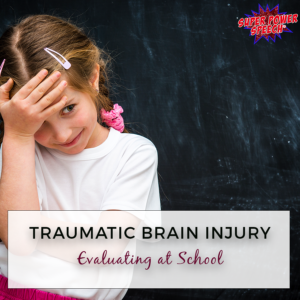
In October, my friend’s son “O” experienced a massive head trauma. They had doubts that he would survive. In mid-January, after multiple surgeries and months of rehabilitation, he came home from the hospital. The thought occurred to me after he came home, if this child showed up at my school tomorrow (he lives just a few miles from my school), how would I evaluate him? How would I help O be successful at my school?
Stop. Try this color/word task. Tricky, right? Now imagine doing this same task with a brain injury!
Disabilities resulting from TBI
The information from this blog post was gained from a training Deborah Ettel, PhD (1/21/2016)
Did you know that in the US, 17,000 children/year, like my friend’s son, have a TBI. And yet, only 16% of these children are being served in special education. The long term difficulties include:
- multiple disabilities
- cognitive
- school performance
- social/adaptive
- emotional/behavioral
One reason that children with TBI are not served in the school is because of lack of understanding by school staff and parents as to the long term effects.
Here are some common difficulties resulting from brain injury:
- memory
- motivation
- impulse control
- start/stopping
- slow processing
- fatigue (may be fine at the beginning of the day and exhausted by mid-day)
- planning
- confabulation (missing pieces from the beginning to end of the event, may fill in the middle with what may have happened)
- concrete thinking (abstract concepts are difficult)
And here are some differences between TBI and other disabilities:
- sudden onset of disability
- families and students are unaccustomed to special education
- emotionally trauma has been experienced
- change in identify
- headaches, sensitivity to light and sound
- physical and sensory deficits, hyper/hypo exaggerated stimulation
- vision and hearing affected
- balance and motor skills affected (college student with a mild TBI has different gait even a year after the injury)
- skills must be regained over time
- changes in skill levels make the improvements uneven (the need for frequent progress monitoring is crucial)
So how do you evaluate a child with a confirmed or suspected TBI?
Evaluations for TBI
Make sure to check out the fantastic flow chart for evaluating on page 64 of this manual before beginning an evaluation.
All of these evaluation pieces should be considered as part of the evaluation:
- File review/background
- Medical statement
- Psychological Evaluation (memory, attention, abstract thinking, judgement, problem solving, processing)
- Motor evaluation (Physical and Occupational Therapy)
- Sensory evaluation
- Communication evaluation (speech, pragmatic language, abstract understanding of language)
- Psychosocial evaluation (behavior)
- Pre-injury performance (previous evaluation results, grades, early development, interviews with previous teachers, interviews with parents)
- Adaptive performance
- Classroom observations
- Observations outside of the classroom
- Assessments to determine the impact of the TBI
These evaluations may be different from other special education evaluations because they include:
- Medical or credible history of event (this is how the Colorado Dept. of Education defines a “credible history”)
- Must have documentation of pre-injury performance
- Testing in different domains: executive function, impulse control, judgement
- Testing skills may be better than functioning skills because previous knowledge may be good, whereas the student may have significant difficulties with new learning
- Adaptive behavior needs to be measured (this is a great time to look at help from outside of the school)
- Social interactions and behaviors must be analyzed
Important accommodations to keep in mind when testing child with a brain injury:
- Fatigue: give breaks
- Short term memory: one direction at t a time
- Gaining/losing skills: monitor and assess frequently
- Processing speed: longer response time allowed
- Impulse control: pre-teach expectations, re-direct
- Over/under-stimulation: quiet setting with lower lighting
- Low motivation/initiation: error-less learning tasks, direct instruction, external reinforcement
More Information and Resources
- Books about Traumatic Brain Injury (Brainline.org): A great list of books to read including stories, memoirs, and support
- Brain Injury Basics (Brainline.org): A good brief overview of brain injuries
- Lost and Found: What Brain Injury Survivors Want You to Know (Brainline.org): Survivors report information that they want others to know
- Importance of ‘Return-to-Learn’ in Pediatric and Adolescent Concussion: Great information for helping a child return into the classroom after a TBI
- Brain Injury in Children and Youth A Manual for Educators (from the Colorado Dept of Education): An amazing free resource for all educators
- Brain Injury/Concussion (Nucleus Medical Media): A video describing how a concussion/brain injury occurs
- How a Brain Injury Made me Smarter (TED talk video)
- How a Simple Bump Can Become an Insidious Brain Injury (NPR): How a doctor ends up diagnosing himself weeks after a bump on the head
- Karen Swanson’s Brain Injury Blog: A survivor’s blog
- Center for Brain Injury Research and Training: Tons of links and ideas. Run out of University of Oregon
- LEARNet: Amazing problem solving procedures to help students with brain injury
Although O is home-schooled, I will be providing some in-home speech services to O. And with this information and these fantastic resources, I hope to help him make as much progress as possible.
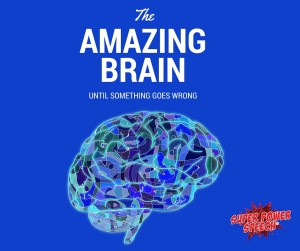
This post is part of a series on brain injuries. Read all the posts in this series here.
How about you? Have you served students that have survived a traumatic brain injury? What evaluation process did your team use to evaluate?
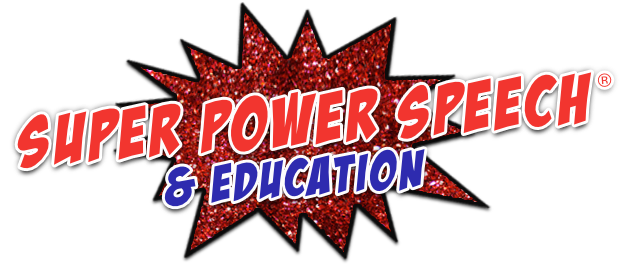
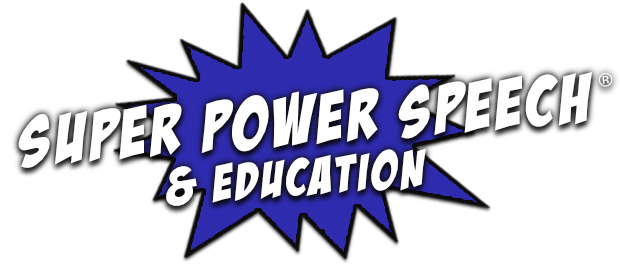
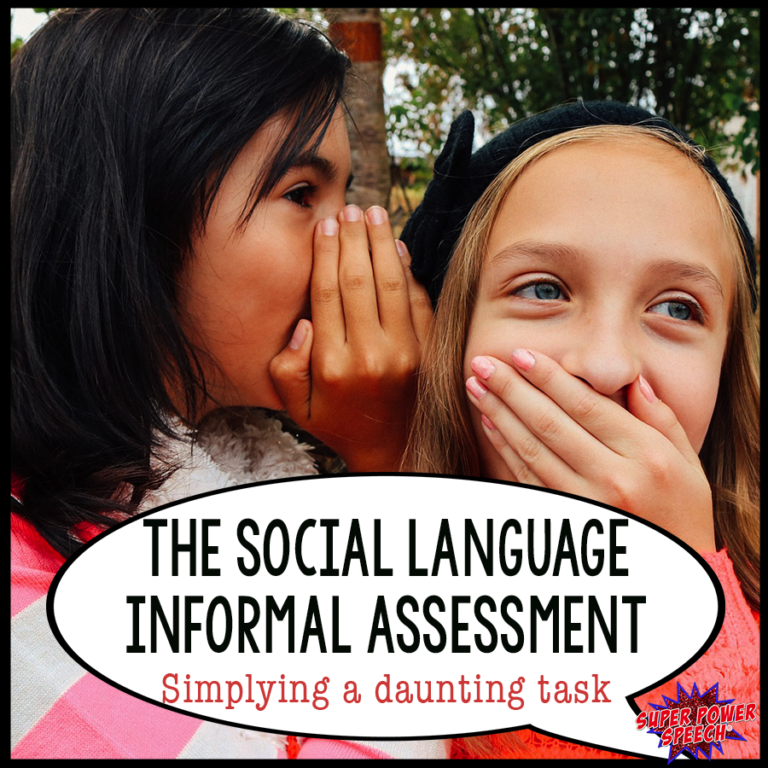




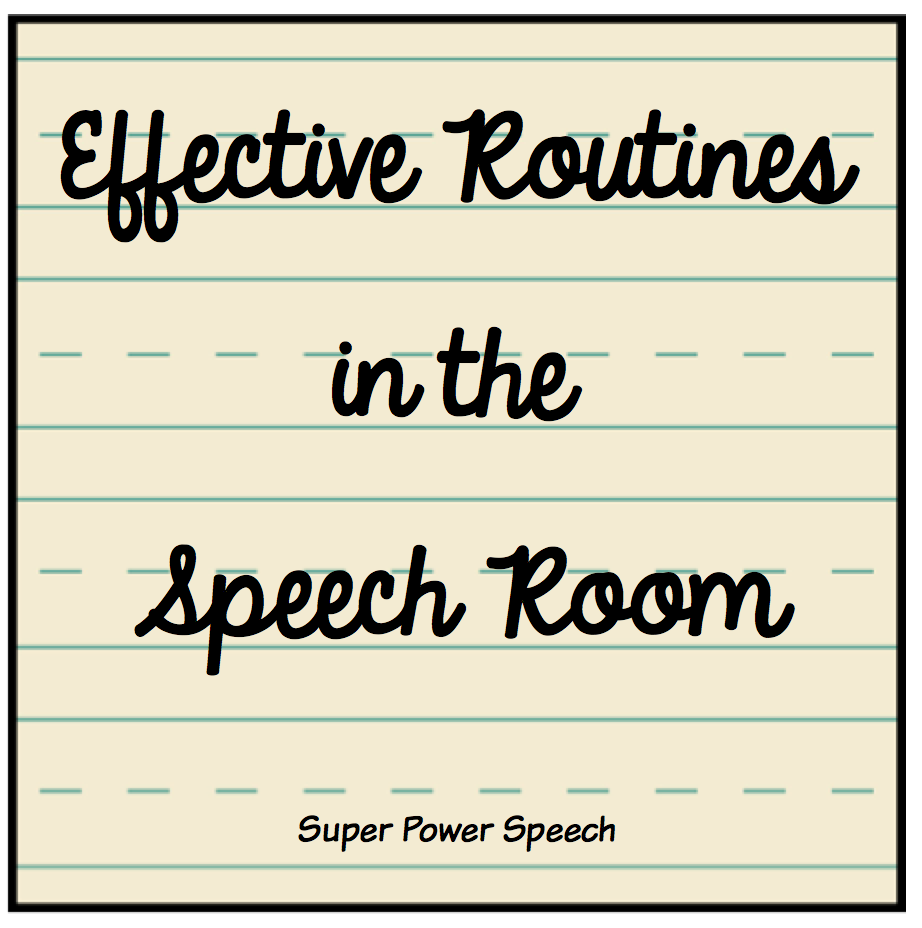
Your blog posts are some of my very favorite to read. Thanks so much for sharing much needed, comprehensive information with each post. I know when I open your blog, I’m going to get helpful information and resources every time. Your work is very much appreciated.
Great post! Just the lost I needed as I was referred a case through my school district. This would be me one of my first TBI assessments, although I have treated a student with TBI. I’m also new to blogging and just started my website a couple of weeks ago. If you’ve got some pointers, I would love to hear them–I’m still trying to figure it all out!